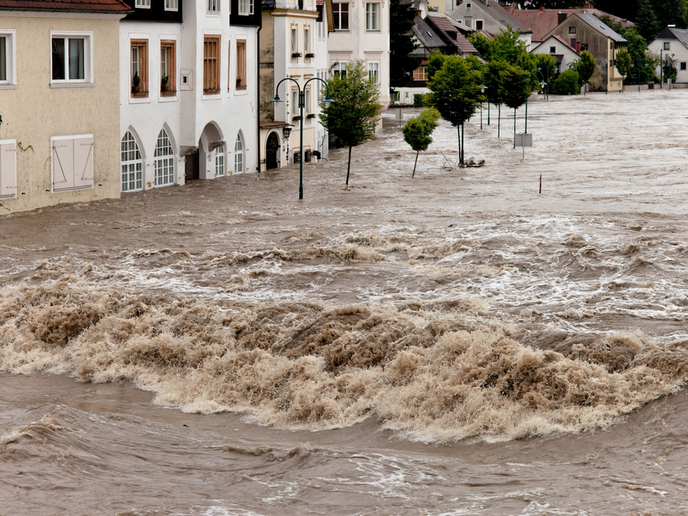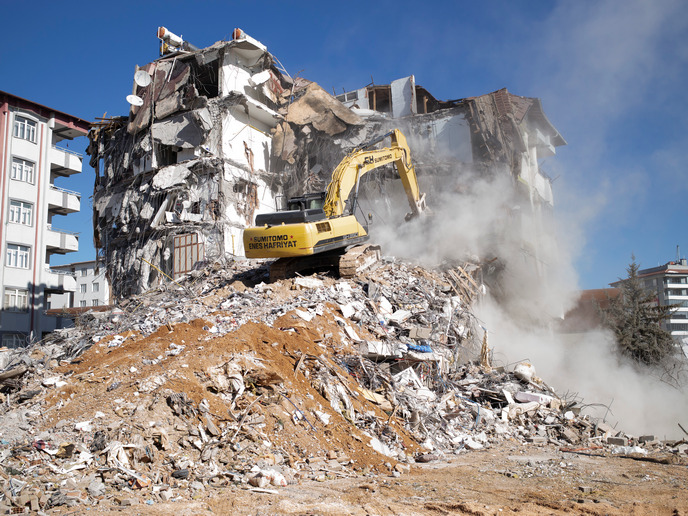Controlling seismic activity through fluid injections
On 6 February 2023, a 7.8-magnitude earthquake struck Turkey and Syria, killing over 55 000 people. Earthquakes are destructive tremors estimated to cause over half of the deaths related to natural disasters, and also lead to vast economic damage. Predicting earthquakes is a fiendishly difficult task however, as they often occur quickly, or originate deep below the Earth’s surface. Researchers in the CoQuake project, which was funded by the European Research Council, took a different path, developing a groundbreaking approach to reduce earthquakes by controlling them. “The primary goal of CoQuake was to explore the feasibility of earthquake control – a challenging scientific question with profound implications for both science and humanity,” says Ioannis Stefanou, professor at Centrale Nantes in France and CoQuake project coordinator. CoQuake’s approach aimed to prevent the sudden release of seismic energy and thus avoid catastrophic earthquakes and save lives. It was shown that this can be achieved by appropriately injecting fluids (such as water) into the Earth’s crust, which diffuse underground and effectively change the friction of mature seismic faults. “In other words, CoQuake has demonstrated the possibility of inducing controlled aseismic slip through fluid injection in the Earth’s crust,” explains Stefanou. “This discovery opens new scientific horizons and transforms an idea once considered science fiction into scientific fact.”
From theoretical earthquake studies to demonstrating a proof of principle
The CoQuake project included theoretical, numerical and experimental works. The first step was to theoretically study the possibility of earthquake prevention using the mathematical theory of control, which uses system feedbacks to achieve a desired goal. Additionally, new experimental set-ups were devised and designed to simulate earthquake-like instabilities in the laboratory and then control them. “It’s worth noting that during these developments, new theoretical results emerged with broader applications in mechanics,” adds Stefanou. Notable examples are the development of Thermodynamics-based Artificial Neural Networks (TANNs), which enable multiscale simulations of inelastic materials and the detailed study of the frictional properties of earthquakes faults. CoQuake’s laboratory experiments successfully demonstrated the potential for earthquake prevention due to a single, mature earthquake fault. CoQuake has led to a series of innovations across various interdisciplinary domains, including a pioneering merger of control theory with earthquake mechanics and the ability to stabilise and control earthquake fault systems without detailed geological information. The team also 3D-printed rock-like samples with sand, bridging materials engineering with mechanics, geomechanics, civil engineering, geophysics and geology. “These samples were crucial for reproducing earthquake-like instabilities in our experiments, mimicking the behaviour of real seismic faults in the laboratory,” notes Stefanou.
Feeding into scientific community and helping climate research
The results of CoQuake can be exploited by a variety of scientific communities. “The concepts of earthquake control employing rigorous mathematical tools will inspire new applications in earthquake mechanics, and mechanics in general,” says Stefanou. Due to the climate emergency, various technologies can be developed to harness underground renewable energy sources and storage, but are currently hindered by human-induced seismic activity. The results of CoQuake will feed into a new EU-funded project, INJECT, exploring how to balance induced seismicity with underground renewable energy production and storage. “Depending on the results of this new project, it may become easier to implement field interventions and practically control large catastrophic earthquakes in the future,” concludes Stefanou.
Keywords
CoQuake, earthquake, seismic, activity, slip, scientific, community, climate, research, induced, theoretical







